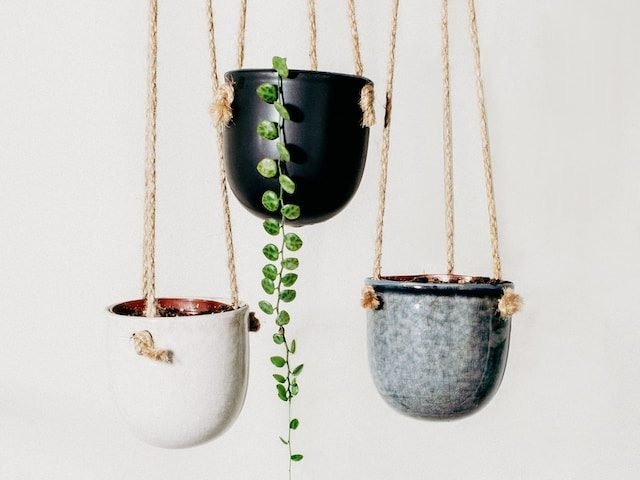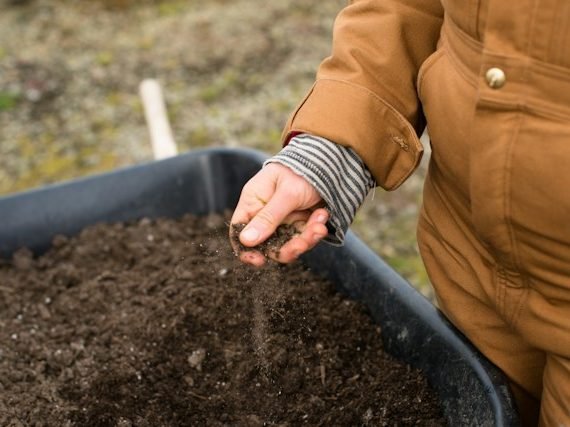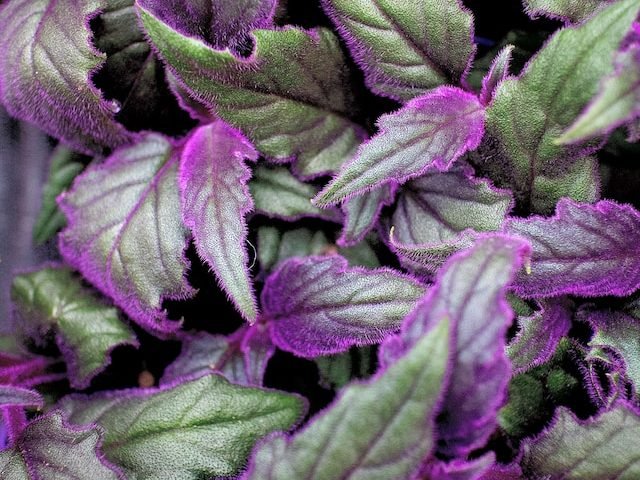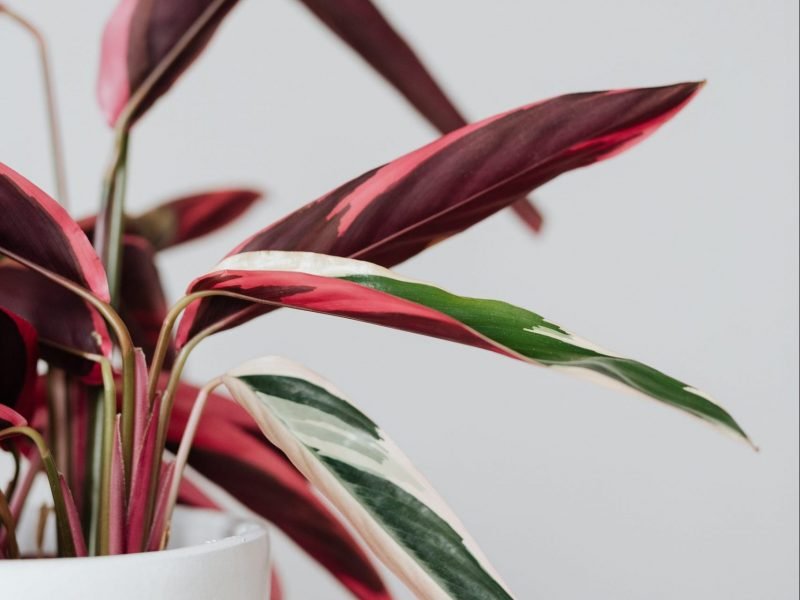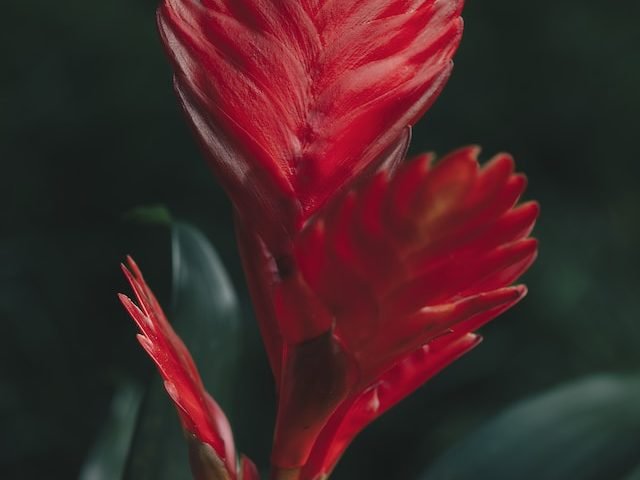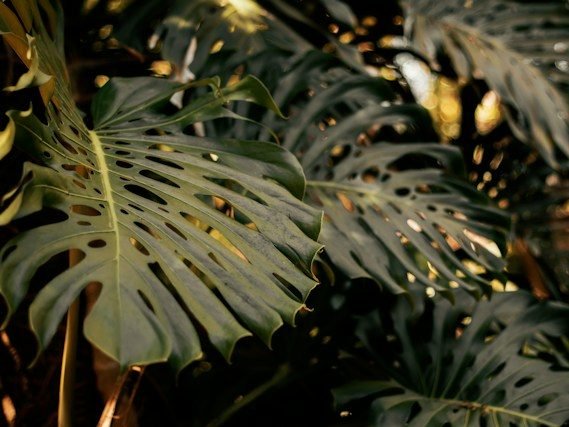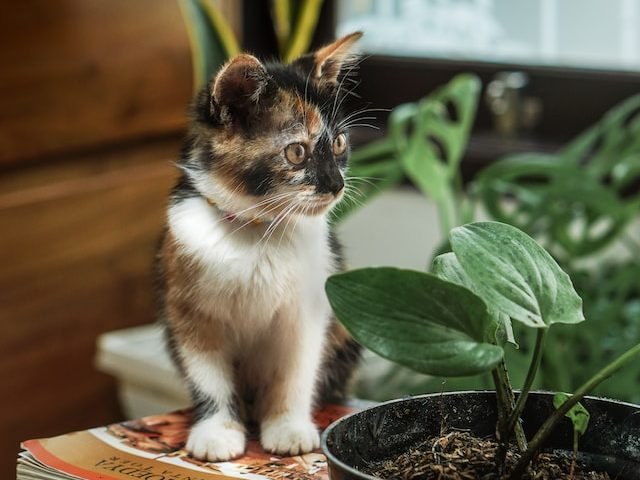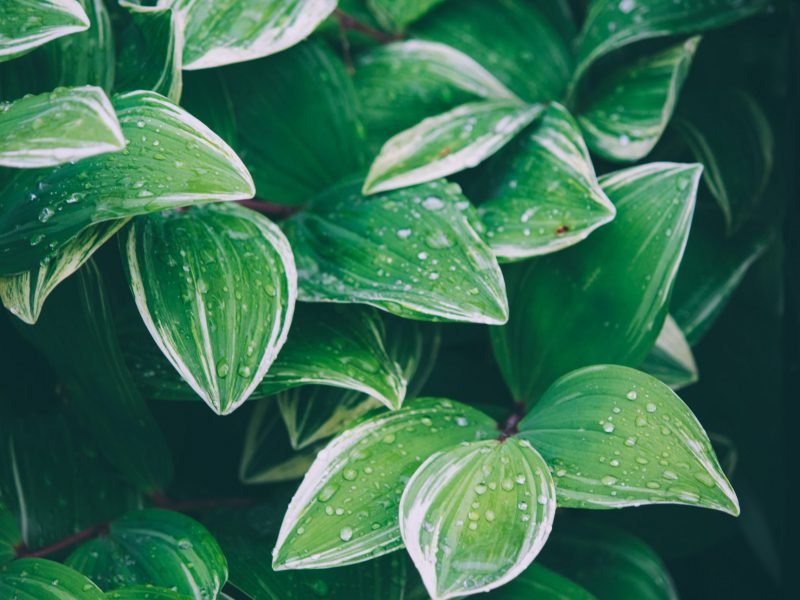
If there’s one thing that Peperomia plants are known for, it’s incredible foliage. If you have started to notice that your Peperomia has started to develop yellow leaves then this could definitely be a sign that something isn’t quite right. Hopefully, you have caught the issue early, before all of the leaves on your Peperomia have turned yellow as this gives you the best chance at reviving your plant and bringing it back to full health.
Overwatering is the most common cause of yellow leaves
With any houseplant, a good rule to remember is that yellow leaves can often signify overwatering and it is the first port of call whenever diagnosing this issue. Peperomia plants don’t like sitting in puddles of water for long periods of time and this will slowly cause the roots to rot. This means that the root system on your Peperomia can’t transport any nutrients or oxygen to the rest of the plant and the leaves will slowly turn yellow, usually from the base upwards.
You want to be sure that overwatering is the cause as holding back water when you plant actually needs it will cause a range of other issues! To figure out if overwatering is the reason your Peperomia has yellow leaves, it’s important to check the moisture levels in the soil immediately after spotting the issue. Take your Peperomia out of its pot and if the soil is quite waterlogged and clumpy then replace it with fresh dry mix. Trim away any rotten roots and yellow leaves so your Peperomia can focus its energy on producing new healthy growth.
You might be tempted to wait for the potting mix to dry out by itself and hope that it solves the issue, however, this risks damaging the root system even further which makes reviving your plant even more difficult.
Moving forward, you want to adjust your watering schedule, either watering less frequently or cutting back on how much water you give your Peperomia each time. Using a moisture meter can also really help you keep track of the moisture levels in the potting mix to ensure you’re not overwatering and causing more yellow leaves to develop.
Insufficient drainage
Sometimes it may not be your watering schedule that is causing the yellow leaves Peperomia, but the poor draining of the potting mix and pot itself. Here are a few things you can do to increase the drainage and help prevent waterlogged soil.
Add perlite to your Peperomia’s potting mix
You can very easily increase the amount of drainage in your Peperomia’s soil by mixing in a small amount of perlite, this will make it far easier for water to flow through the potting mix and out of the drainage holes.
Ensure your pot has drainage holes
It’s vital that all of your houseplant’s pots have drainage holes so that any excess water can flow out of the pot into either the planter or the saucer. This is a great step to preventing root rot and yellow leaves as your Peperomia won’t be sitting in waterlogged soil.
Another easy step is to add a few small stones or pebbles to the bottom of your pots, this ensures that the drainage holes don’t get blocked by soil or any loose debris.
Use terracota pots
Although terracotta pots can be a little bit more expensive and are easier to break, their upsides are much more than just the aesthetic. The clay they’re made of is permeable which means that some of the water in your soil can evaporate through the sides of the pot. This isn’t the case for the plastic pots that most of your houseplants will come in when bought, which instead hold in every drop of water. So sometimes it’s worth investing a little more for your plants to make sure that the roots of your Peperomia plant aren’t sitting in too much moisture as this will help avoid yellow leaves.
Lighting Issues
Too much or too little light can also be a cause of yellow leaves in Peperomia plants. Lighting is actually a difficult one with these plants as they need exactly the right balance – they can’t handle direct sunlight, but also get very leggy, droopy and yellow if not given enough light.
Yellow leaves can be a sign that you’re Peperomia is getting too much direct sunlight which is causing the leaves to burn and become scorched. This will often look like burnt patches across the side of the plant that faces the sunlight.
Too little light can also cause the leaves to turn yellow and this will be accompanied by stunted growth and droopy stems.
Environmental Shock
This is something that isn’t really talked about much but plants get stressed, and Peperomia plants can be especially sensitive to this sometimes. Environmental stress is caused when there is a sudden change in the environment, usually going from bone dry soil to really soggy. But this can also be the case when light levels dramatically change or when temperatures soar or drop.
It’s important to bring in any changes gradually to avoid this stress. Whilst environmental shock won’t often kill your Peperomia, it will result in a few yellow leaves that will eventually also fall off your plant. Using a digital thermometer, light meter and moisture meter can help you keep track of your Peperomia’s environment so you can respond to any major changes.
Pests
Although quite rare in plants that don’t spend any of the year outside, another cause of yellow leaves on a Peperomia can be a pest infestation. Spider mites, mealybugs and scale insects can cause yellow leaves on a Peperomia so these are the ones to look out for if your plant seems unhappy. Signs of pests are white webbing on the leaves and stem joints, brown or yellow dots on the leaves, holes in the leaves and of course visible pests (use a magnifying glass to help spot them).
If your Peperomia does have a pest infestation then don’t think you need to say goodbye to it. If treated properly, you can get rid of the pests entirely and bring your Peperomia back to full health. Firstly, you need to isolate your affected Peperomia from your other beloved houseplants so the infestation cannot spread, Then should trim off the worst affected leaves and stems to curb the infestation from growing quickly and begin treating your Peperomia with neem oil.
Nutrient Deficiency
Another potential cause of yellow leaves on your Peperomia plant is a lack of nutrients or a nutrient imbalance. Yellow leaves show that your plant doesn’t have enough chlorophyll which can be a sign of nutrient deficiency, in particular a lack of either nitrogen or potassium.
The best thing to do to solve the issue and prevent any more yellow leaves on your Peperomia is to treat it with a nutrient-rich fertiliser. Look out for ones that include higher levels of nitrogen and potassium.
Natural Ageing
If it’s only the oldest bottom leaves on your Peperomia that have turned yellow then this may be natural ageing. As your plant matures, your Peperomia will drop some of its oldest, lowest leaves to focus its energy on growing new healthy and often bigger growth.
This is completely natural and isn’t because of anything you are doing wrong. The rate of natural ageing should be about 1 or 2 of the oldest leaves every few months but no more as this is an indication that something is wrong. Monitor the rate of yellowing to see if it is speeding up.
So those are the most common reasons why your Peperomia may have developed yellow leaves. We recommend going through each of the issues one by one to determine what cause best fits the symptoms and environment that your Peperomia is in. The earlier you have caught the issue, the easier it should be to bring your Peperomia back to full health and prevent any further yellow leaves from developing.
To find out more about how to care for your Peperomia plants, as well as other common issues, propagation advice and general care tips, check out our Plant Index where you’ll find specific care guides for each of your Peperomia varieties.



